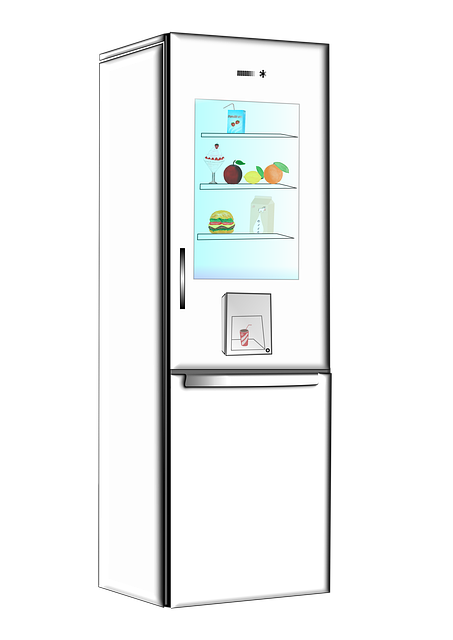
When it comes to household energy use, your refrigerator plays a quiet but constant role. It runs non-stop, and over time, even small inefficiencies can add up to higher energy bills and unnecessary wear on the appliance. Fortunately, boosting your refrigerator’s efficiency doesn’t require expensive upgrades—just a bit of know-how and routine care.
Here are eight practical steps that can help keep your fridge running efficiently:
1. Set the Right Temperature
Many people don’t think twice about the thermostat setting inside their fridge. Aim to keep the refrigerator between 37°F and 40°F, and the freezer at 0°F. These ranges are cold enough to keep food safe, without over-chilling and wasting energy.
2. Clean the Condenser Coils
Condenser coils are usually located behind or beneath the fridge. When these coils gather dust or pet hair, the system has to work harder to release heat. A quick cleaning every six months with a coil brush or vacuum attachment can restore proper airflow and reduce strain on the unit.
3. Inspect the Door Seals
Cold air shouldn’t be escaping the fridge, but worn or loose door gaskets can cause just that. An easy test: close the door on a dollar bill. If you are able to pull it out easily, the seal probably needs to be replaced. Tight seals are critical to keeping cool air in and warm air out.
4. Give It Room to Breathe
Refrigerators generate heat as they cool, and they need proper ventilation to release that heat. Make sure there’s at least two inches of clearance between the back of the unit and the wall. Avoid crowding the sides or placing items on top of the fridge that might trap heat.
5. Don’t Overcrowd or Empty It Completely
A moderately full fridge helps maintain a stable internal temperature. If it’s too empty, consider placing containers of water inside to help regulate cooling. On the flip side, overfilling can block air vents and cause uneven cooling.
6. Cool Food Before Storing
Placing hot leftovers directly into the refrigerator forces it to work harder to bring the temperature down. Let food cool on the counter for a bit before storing. It’s safer for the appliance—and for your food.
7. Defrost If Needed
Some older units require manual defrosting. If frost builds up more than a quarter inch thick, it’s time to defrost. Excessive ice acts as insulation and reduces the cooling efficiency of the appliance.
8. Switch to LED Interior Lighting
If your fridge still uses incandescent bulbs, swapping them out for LEDs can help. LEDs generate less heat and use less power, contributing to a cooler, more efficient interior.
By following these straightforward tips, you can extend the life of your refrigerator and trim down energy use without sacrificing performance. A bit of preventative care goes a long way—especially for an appliance that never takes a day off.
